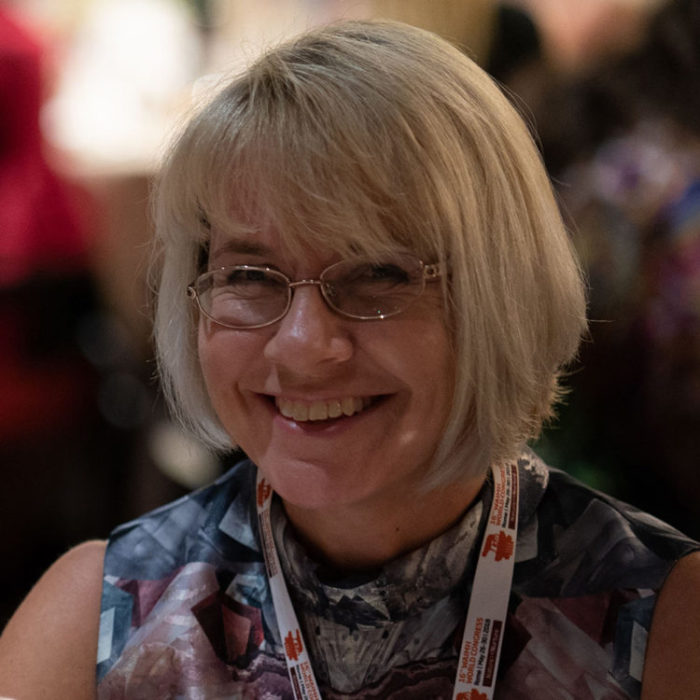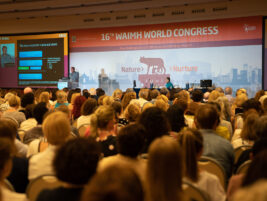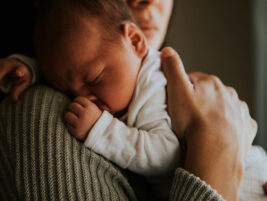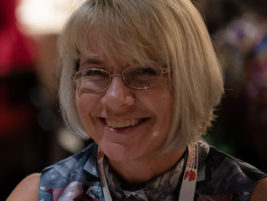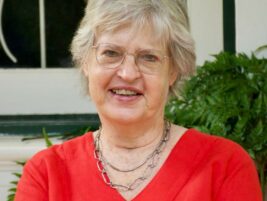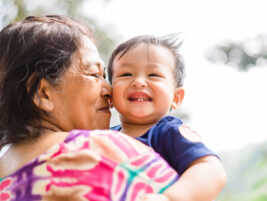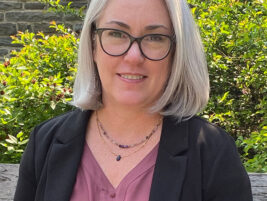Dear colleagues and friends,
Here in Finland, we eagerly await the arrival of spring. However, temperatures remain below freezing, and a thin layer of fresh snow blankets the ground.
Last week, I had the honor of opening the annual multidisciplinary seminar organized by the Finnish Association of Child Psychiatry. The seminar’s theme was ‘Keho ja mieli solmussa?’ which translates to ‘Body and Mind in a Knot?’ in English. In my opening remarks, I emphasized that the world itself appears to be entangled in a tight knot. Many people are deeply concerned about the ongoing and potentially escalating crises in the Middle East and Ukraine, as well as in other regions that often go unnoticed in the news. Earlier this April, Finland was shaken by an uncommon act of violence: a 12-year-old child tragically shot one of their schoolmates, resulting in one fatality and serious injuries to two others. In the same week, we learned of a person stabbing several women with a knife in a mall in Sydney, Australia, seemingly without any motive. What drives individuals to harm and kill each other, even children or adolescents? In an interview for our national doctors’ journal, my colleague and forensic medicine expert, Alo Jüriloo, meticulously compiled data from various studies. According to these studies, young school shooters often face challenging upbringing conditions, become victims or perpetrators of bullying, and exhibit traits like emotional coldness or a lack of empathy. Jüriloo also highlighted social media as a new risk factor. Nowadays, even young children navigate a digital world unknown to their parents. Additionally, model learning plays a role in acts of violence, as internet content related to bullying and school shootings can fuel vengeful and dark thoughts in potential perpetrators. Furthermore, the language used by adults in media and social media contributes to polarization, anger, and even violent solutions. Instead of reasoned arguments, media writers employ warlike terms, and our influencers—politicians included—engage in harsh language exchanges. It appears that our adult world fails to support the emotional and behavioral development, as well as effective negotiation skills, of our children.
In these tougher times our work in supporting families with young children becomes more and more important, and the WAIMH Board and Central Office are constantly working together with our Affiliates to find new ways of increasing and spreading knowledge on infant and early childhood mental health more widely in all parts of the world. Our next meeting, the WAIMH Interim World Congress 5-7 June, 2024 will take place in Tampere Hall here in Tampere with the theme ”Looking for best care for babies, young children and families”. We certainly have a lot to think and talk about during those three days in trying to find new ways to help infants, young children, and their families while they struggle in coping with old and new risk factors. We also have to remember to take care of each other and of ourselves and, for that, having a live meeting is a wonderful opportunity. These days I end all my lectures by reminding myself as much as my listeners of the fact that we are many: there are thousands and thousands of us working for a better future for children and families all around the world.
With warm wishes to you all,
Kaija


